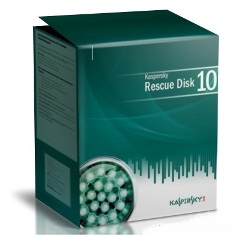

The unique technology introduced by developers, anti-virus has reached a new level. In the future, if you do not have to wait 2-5 minutes., The program itself will create an information environment, and is run antivirus starter screen. Enter the BIOS setup screen can be strarte computer by pressing "Delete" or "F2", depending on the motherboard. The optimum speed - 8h.Įxpose in the BIOS to boot from CD-ROM. Do not burn the disc at high speed, because you may have trouble reading. Kaspersky Anti-Virus features include real-time protection, detection and removal of viruses, trojans, worms, spyware, adware, keyloggers, malicious tools and auto-dialers, as well as detection and removal of rootkits. Save the image to a CD using popular programs such as Nero, Alcohol, CloneCD, etc. Having him there, you can save a bad computer, and all the valuable information on it. In fact, this almighty tool to combat viruses. A unique feature of this tool is that it allows for booting from BIOS, even going into the system shell Windows. To work with him, you need to burn an ISO image to CD disc, then insert a disc in the CD-ROM, and boot from it. Kaspersky Boot rescue disk - Kaspersky Lab's newest development, which allows you to completely kill any viruses, including even the most dangerous, with which it is impossible to get to boot Windows.Įxtras: The program is an iso-image of a multiboot disk.
#Kaspersky rescue disk 10.0 install#
من خلاله بعد تحميل الملف قم بفك الضغط عنه سينتج عنه ملف ISO قم بحرقه To create the bootable USB rescue disk do the following: Install Kaspersky USB Rescue Disk Maker on the PC.

While creating the custom image of the Windows pre-boot environment, add the executable file of Restore Utility to the image. Create a custom image of the Windows pre-boot environment. Boot up your PC from the storage device that contains Kaspersky Rescue Disk.
#Kaspersky rescue disk 10.0 how to#
Kaspersky Rescue Disk 10.0.32.17 data 2017.02.19 To start rescuing your PC, follow these easy steps: Save the Kaspersky Rescue Disk software to a USB memory device or a CD/DVD (to learn how to do this, see /8092 ).


 0 kommentar(er)
0 kommentar(er)
